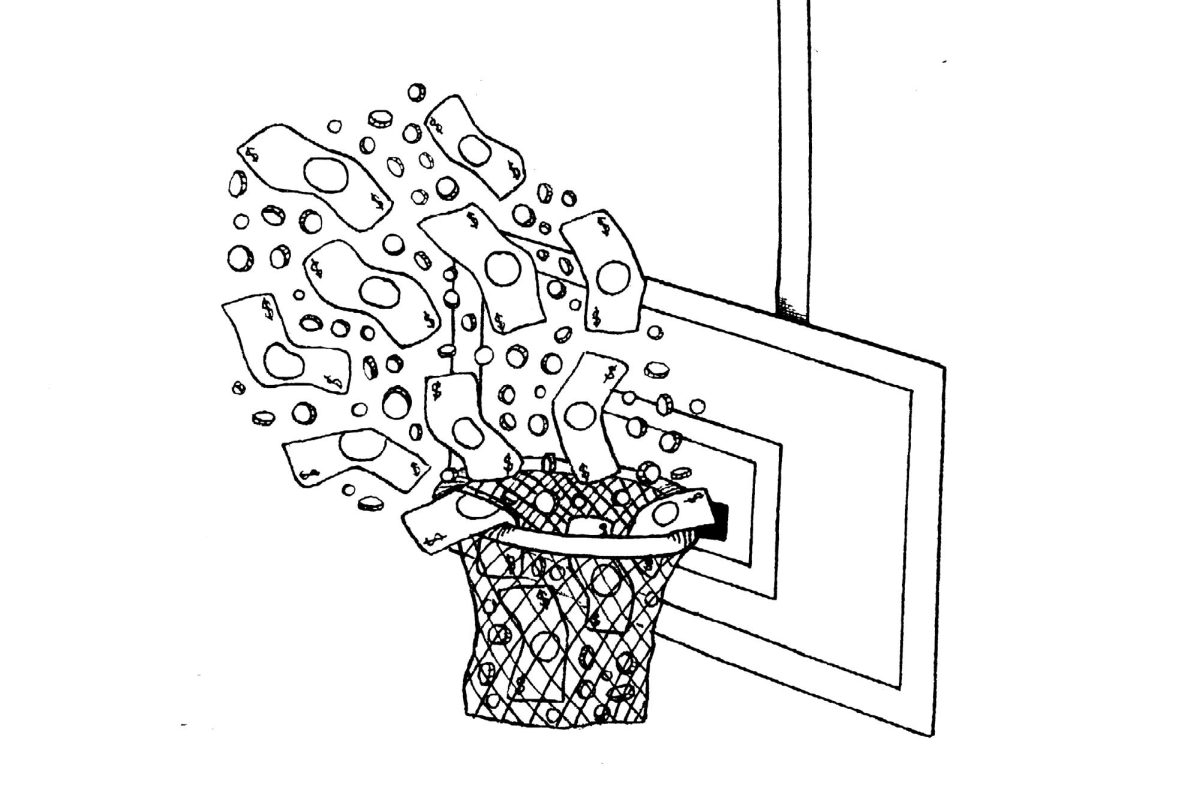During my senior year of high school, my friend Deliasha let me borrow her copy of Angie Thomas’ The Hate U Give. She said the novel’s protagonist, Starr Carter, reminded her of me. Indeed, Starr and I shared many similarities. We both adored The Fresh Prince of Bel-Air, followed Tumblr activism and revered 1990s hip hop. Because of Starr’s presence on the page, I felt valued as a Black girl. I also treasured Angie Thomas’ immense love for Black youth culture. In each chapter, she liberated our language and conserved our customs. In each paragraph, she portrayed the boundless charm and kinetic energy of young Black life. I reveled in these depictions, in the radiance of our captured experience. From books like The Hate U Give, I learned about the importance of representation in young adult literature. I learned about the beauty that occurs when kids of color and their experiences are rendered into rainbows.
In seventh grade English class, a girl named Dymond told me that she devoured the entire Bluford High Series, a collection of young adult stories set in an inner-city high school. I remember the admiration she felt for the novels. I remember how her face softened and grew focused whenever she traced characters from the book covers. On her loose-leaf paper, the characters retained their magnetism — even as sharp lines and smudged lead. Dymond and I did not acknowledge aloud that the stories told in Bluford High were ours. We did not have to. In these books, we met our mirror images. Darcy Wills, Brisana Meeks and other characters gleamed like shards of ourselves and fragments of our families. Though the novels often teemed with Black trauma, kids like me still found pieces of truth in them. Truth in the slang, which invented and reinvented itself like ours. Truth in the style, which commanded attention like ours. The cost of cultural work and stereotyping did not matter as much. So long as we saw ourselves reflected.
The first book that ever made me cry was Sharon M. Draper’s Tears of a Tiger. In the novel, Andy Jackson, a teenage basketball star, struggles with survivor’s guilt after losing his best friend in a car accident. When I began the book in middle school, I realized that it marked the first time I encountered a broken Black boy in literature. A Black boy unsmiling with a pained stare and awash in cold blue like Carrie Mae Weems’ 1997 photograph. Before that, I had been accustomed to the hard-hearted and hyperviolent Black male archetype. The Gangsta narrating most of the rap songs I memorized as a child. The Black Outlaw raging against the white man’s world in the Donald Goines novels my father read. Tears of a Tiger abandoned this archetype. It instead offered a tender portrait of the pain Black boys suffer in the shadows of their perceived stoicism. But even as the novel centered Black male mental health and vulnerability, I still questioned public perceptions of boys like Andy. Would people sympathize with their struggles, see them bathed in blue light? Or, would their eyes insist on the archetype?
Over the summer, I read Angie Thomas’ Concrete Rose and Elizabeth Acevedo’s The Poet X. These novels taught me the beauty of blossoming and becoming. The power of rising within our flawed selves. In Concrete Rose, Maverick Carter confronts notions of manhood while still navigating the turbulence of his teenage years. He represented some of the boys I knew. The ones stumbling, spiraling, grasping for steady light. Maverick’s character also symbolized the hope that these boys could bloom in their steely surroundings. That they could ascend from the asphalt. Another book, The Poet X, introduces Xiomara Batista, an Afro-Dominican girl with too much body and too much mouth. But not enough voice. Like me, she was told to sit pretty and subdue her sharp tongue. To tame and tether it, as Gloria Anzaldúa wrote in her 1987 essay. After years of silence and self-censorship, Xiomara finally learns to riot with her words. To occupy all space with her big-haired brilliance. In these stories, insecurity and imperfection comprise our beauty. In these stories, our flaws become our wings and we take flight with them into silver-lined skies.
When Time Magazine published a compilation of the best young adult books of all time, I immediately searched the list for the Black stories I adored, the Black authors I admired. Fortunately, I found them — and many others. But what made me scour in the first place? The hope of seeing me and my people depicted. The wish to see our lives affirmed. What is more delightful than recognizing yourself in the reflections of other characters? What is more beautiful than seeing the light of your experiences shining back at you?
Zeniya Cooley, a junior majoring in journalism and mass communication, is an opinions columnist.


